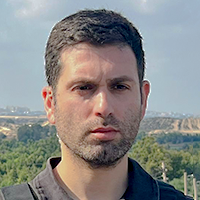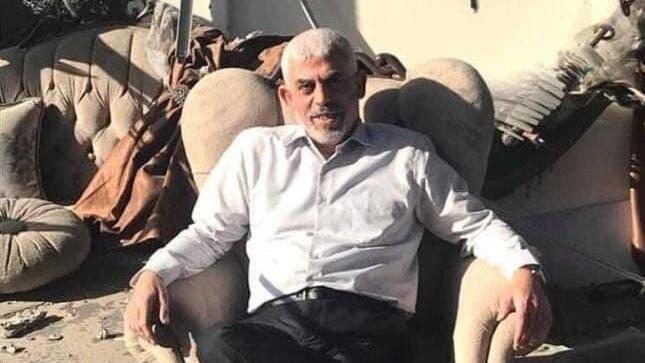Getting your Trinity Audio player ready...
The IDF's investigation into the failures surrounding a devastating Hamas attack over a year ago, published on Thursday, revealed systemic intelligence lapses and strategic deception by the terror group.
The report, part of the IDF’s core reviews, highlights that former Hamas leader Yahya Sinwar believed success hinged on total surprise, a strategy solidified after he and his officials, Marwan Issa and Mohammed Deif, consolidated control over Gaza in early 2017.
Despite severe shortcomings, no personal accountability has been enforced, with responsibility for dismissals deferred to incoming Chief of Staff Maj. Gen. Eyal Zamir.
The investigation found that Hamas’ strategic deception intensified in the years leading up to the attack. While publicly seeking a cease-fire, Hamas secretly prepared to breach the IDF's Gaza Division. Military intelligence failed to recognize this dual strategy.
Hamas also established a general headquarters for the first time after the 2014 Operation Protective Edge, with Raad Saad developing the "Jericho Wall" invasion plan in response to Israel’s underground border barrier construction. The plan, which reached Israeli intelligence in 2018, was dismissed as unrealistic.
By 2019, Hamas had formed elite Nukhba battalions, with reserves completed that year. Intelligence gathered during operations last year revealed that the invasion plan, dating back to 2017, included live broadcasts from captured kibbutzim, symbolic siege of strategic sites and aims to reach cities like Be’er Sheva and Ashkelon. The plan initially targeted the murder of 600 civilians in Ofakim; 33 were murdered there on October 7.
4 View gallery


IDF intelligence heads since 2021 until Hamas' attack
(Photo: Yair Sagi, IDF Spokesperson's Unit, Moti Kimchi)
The COVID-19 pandemic delayed the plan for two years, as Hamas diverted resources to pandemic management, further lulling Israel into complacency. Intelligence failures were compounded by missed warning signs, including a Hamas-produced TV series, “The Free Fist," which depicted scenes eerily similar to the October 7 attack.
“Hamas knew they were 85% operationally ready by the end of 2022,” the investigation revealed. “We later learned that Hamas saw 2022 as the year of great opportunities.”
Sinwar’s strategic decision to withdraw most Hamas forces to southern Gaza preserved the terror group’s military wing and weapons stockpiles, anticipating Israel’s overwhelming response.
The move proved successful, with Hamas recovering to over 10,000 terrorists by October 6, 2023. In the month before the attack, Hamas revived border protests as a deception tactic, while the 24 hours preceding the invasion saw complete quiet, and was not flagged by intelligence as suspicious.
The investigation concluded that the core failure lay in the growing gap between perceived and actual realities. “The Military Intelligence Directorate (MID) did not help decision-makers realize that their approach was wrong,” the report read.
“It was a classic intelligence failure, the kind books were written about after Pearl Harbor, Barbarossa and Yom Kippur.” The Research Division’s flawed methods and organizational culture created biases, with a false sense of superiority and transparency over the enemy.
Hamas' invasion into Israel on October 7
(Video: Reuters)
“Israel saw Hamas as a pragmatic movement with whom it could do business,” the report noted. “The MID underestimated Hamas, focusing more on its rocket system.” The investigation criticized the lack of skepticism within the MID, which sought explanations to fit prevailing narratives rather than challenging them.
“An illusion of certainty was created,” the report stated. “A false sense of intelligence superiority.”
The report also highlighted gaps in understanding Hamas’ culture and language, crucial for research professionalism. “They preferred harmony and synchronization within the MID, without debates,” it noted. “The research approach argued that there is a need to distinguish between the enemy's capabilities and its intentions.”
The investigation called for broad systemic changes within the MID, beyond replacing senior officials or establishing new units. Maj. Gen. Shlomi Binder, the MID’s new chief, has adopted recommendations to revise warning models and expand intelligence-gathering units.
“The corrections will not take place through replacing one senior official,” the report warned. “A broad change is needed within the MID.”
Binder concluded that the IDF’s intelligence system exacerbated biases and professional gaps, with no adequate military research on Hamas despite its classification as a military force. “The deep understanding of the enemy eroded,” he said, “and the mistakes were rooted in perceptions — one of the oldest mistakes made in intelligence.”









